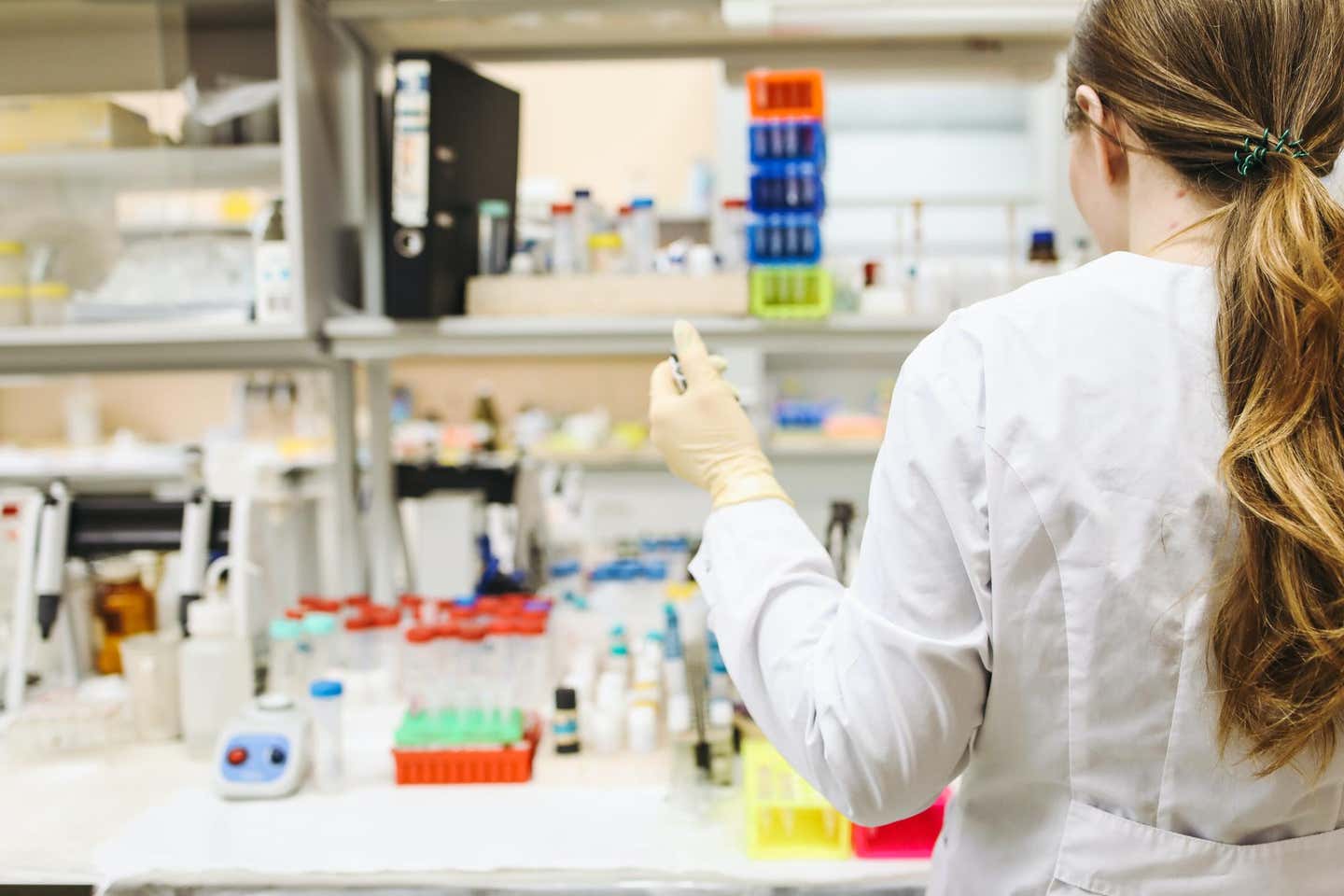Groundbreaking discovery in treatment of cancer and infectious diseases
Researchers have identified a ‘guard mechanism’ for a protein which attacks microbes in infected cells.

[Oct. 13, 2023: Staff Writer, The Brighter Side of News]
Researchers have identified a ‘guard mechanism’ for a protein which attacks microbes in infected cells. (CREDIT: Polina Tankilevitch)
In a groundbreaking discovery, scientists have unveiled a mechanism that could revolutionize the way we tackle diseases like Toxoplasma, Chlamydia, Tuberculosis, and even cancer.
A detailed study led by the renowned University of Birmingham, and recently published in the esteemed journal Science, focuses on the workings of a critical protein known as GPB1, providing a roadmap for future therapeutic avenues.
The GPB1 Protein: A Microbe Attacker Under Control
GPB1, as the research elucidates, acts as an attack dog against microbes within infected cells. A particularly aggressive protein, it springs into action especially during inflammation, possessing the formidable ability to breach membranes within cells, leading to their obliteration. But what keeps this powerful protein in check?
The protein kinase PIM1 controls GBP1 activity. In uninfected bystander cells, IFN-γ signaling induces expression of PIM1, which phosphorylates GBP1, subjecting it to sequestration by 14-3-3σ. (CREDIT: Science)
Enter the process of phosphorylation. This intricate process, involving the addition of a phosphate group to a protein, is mediated by enzymes termed as protein kinases. The specific kinase targeting GPB1 is named PIM1. It too can be activated during inflammation. Once phosphorylation occurs, GBP1 binds to a scaffold protein, ensuring that innocent, uninfected bystander cells remain shielded from unbridled GBP1 membrane assault.
The Lock and Key Mechanism: Nature’s Brilliant Safeguard
The primary discovery of the study revolves around a lock and key mechanism, which controls the GPB1 protein. This mechanism ensures that GPB1 doesn't go on an indiscriminate rampage against cell membranes, acting as a guard mechanism sensitive to disruption by intracellular pathogens.
Related Stories
Dr. Daniel Fisch, who had the privilege to work on this groundbreaking project for six years, remarked, "This was a fantastic project to work on for the past six years and involved many research groups from all over the world. None of this would have been possible without help from our colleagues and friends at The Francis Crick Institute in London, EMBL in Grenoble (France), ETH Zurich (Switzerland), and Osaka University (Japan)."
Dr. Eva Frickel, who spearheaded the study, described the significance of this discovery from multiple angles. "Guard mechanisms, like the one controlling GBP1, were previously acknowledged in plant biology, but much less so in mammals. Think of it as a lock and key system. GPB1 wants to go out and attack cellular membranes, but PIM1 acts as the key, ensuring GPB1 remains safely locked away."
Broad Therapeutic Implications
The research has opened doors to vast therapeutic possibilities. By understanding the control mechanism of GPB1, scientists now have the potential to manipulate this function, allowing them to harness its ability to annihilate pathogens.
Immunofluorescence images showing localization of indicated, mCherry-tagged mutants of GBP1 or GBP1 WT, expressed in human THP-1∆GBP1 macrophages treated with IFNγ+Dox (left), cartoon of quantification method (middle) and quantification of average distance of GBP1 aggregates to the nucleus (right). (CREDIT: Science)
The study's initial focus was on Toxoplasma gondii, a parasitic protozoa commonly found in cats. While infections with this parasite are generally benign in Europe and Western nations, in parts of South America, it can induce severe eye infections leading to blindness and poses significant risks to pregnant women. The team discovered that Toxoplasma can inhibit inflammatory signaling within cells, effectively turning off PIM1, which in turn liberates GBP1 to target the parasite.
Dr. Frickel elaborated on the broader implications, "This mechanism could be potentially exploited against other pathogens, such as Chlamydia, Mycobacterium tuberculosis, and Staphylococcus – all major pathogens that are gradually becoming more antibiotic-resistant. By controlling the guard mechanism, we could harness the attack protein to obliterate these pathogens in the body."
In vitro binding assay determining affinity and specificity of the new GBP1pS156 antibody. (CREDIT: Science)
A Revolutionary Approach to Cancer Treatment
The research holds immense promise for cancer therapy. PIM1 plays a pivotal role in cancer cell survival, whereas GPB1 gets activated by the inflammatory effects induced by cancer. The team speculates that by disrupting the interaction between PIM1 and GPB1, they could selectively annihilate cancer cells.
Dr. Frickel emphasized, "The implications for cancer treatment are monumental. There is a market-available inhibitor which we employed to obstruct the interaction between PIM1 and GPB1. If effective, this drug could be used to unleash GPB1, enabling it to target and destroy cancer cells. While we still have a considerable journey ahead, the discovery of the PIM1 guard mechanism represents a significant stride in discovering innovative methods to combat cancer and the growing threat of antibiotic-resistant pathogens."
The groundbreaking research from the University of Birmingham has stirred excitement in the scientific community, heralding a potential paradigm shift in how we approach certain diseases and potentially cancer treatment. As with all scientific discoveries, further studies and clinical trials will be crucial. However, the future certainly looks promising.
Note: Materials provided above by The Brighter Side of News. Content may be edited for style and length.
Like these kind of feel good stories? Get the Brighter Side of News' newsletter.



